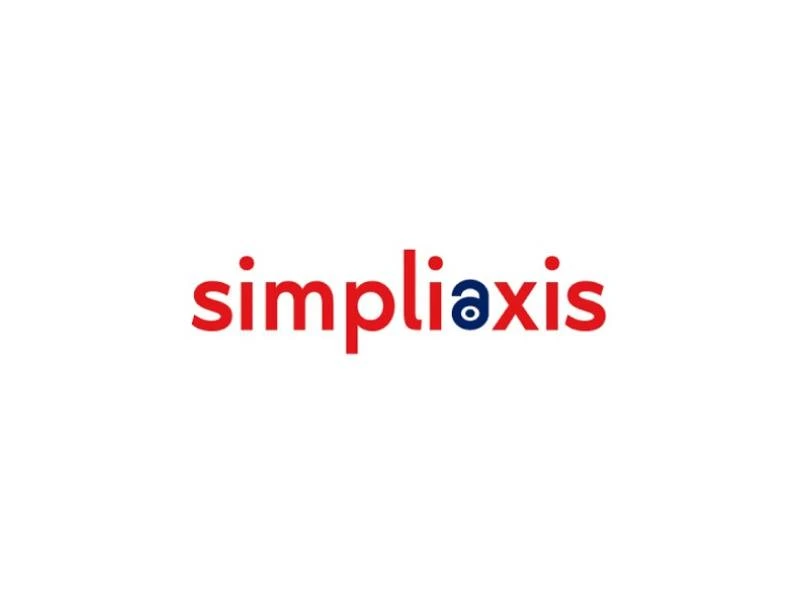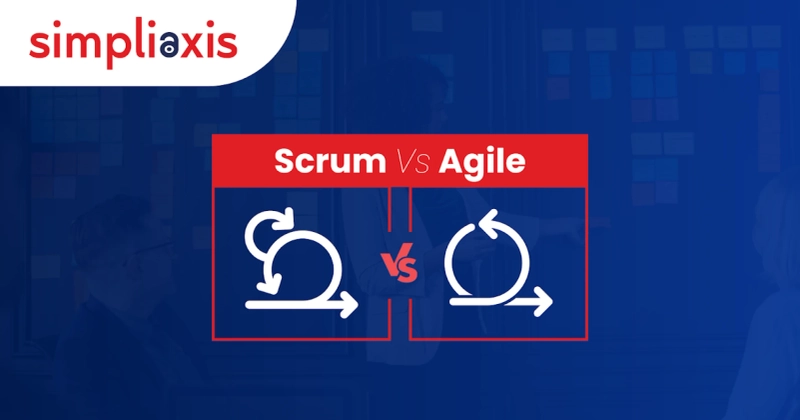The project manager is bound to manage different aspects of the project, including various tasks and responsibilities. The project manager's incumbent responsibility is to develop a systemic approach to plan and execute the project. While many industry project management methodologies are available, agile and scrum are popular choices. The current read-out aims to highlight Agile Vs Scrum, establishing the key Agile and Scrum differences to help you make informed choices aligned to your project objectives. There are plenty of advanced scrum master certifications to complete the project successfully
The two project management methodologies share a similar approach and are often used interchangeably, creating understandable confusion. To understand the approaches better, let us dig into their definitions and understand the key distinctions between Agile and Scrum to learn them better.
Agile vs Scrum
Agile is the philosophy of project management with principles and values, whereas Scrum is one of the methodologies used to implement the style. As both approaches, agile and scrum, follow the same methodologies, many need help understanding the Agile and Scrum differences. Here is an outline of Agile Vs Scrum to help you understand the terms better.
Agile approach
Agile is a philosophy with predefined rules and principles outlined in the manifesto. The approach emphasises collaboration, flexibility and implementing customer feedback to achieve outstanding results. Many companies insist on adopting an agile process for their new product development and implementing customer feedback. To implement agile philosophy into the project, you must use specific methodologies or frameworks like Scrum.
Scrum
Scrum is one of the popular frameworks of the agile approach. The methodology helps people tackle complex problems and develop productive outcomes with the highest possible values. It is a flexible framework that any company or project can adapt for customised project needs. The framework follows the same guidelines and principles of agile methodology. The Scrum method follows an incremental approach, divided into small sprint cycles. Each sprint comprises small teams, including the scrum master and product owner.
The scrum framework has consistent communication with the stakeholders and team members to be able to adapt to the new changes in the projects at each incremental approach. Scrum implementation in the agile approach includes organising work in sprints and having regular standup meetings defining the roles of the scrum master and product owner. Get more detail on reading (What Is Scrum Guide: Agile Project Management)
2. Documentation and Guidance:
On comparing Agile and Scrum, you understand critical Agile and Scrum differences in documentation and guidance.
Agile:
The agile approach has a concise manifesto focusing on broad values and principles rather than step-by-step procedures.
Scrum
The Scrum guide provides a detailed step-by-step procedure for implementing the agile approach. The scrum process gives a detailed outline of scrum master roles and responsibilities.
Agile vs Scrum: Leadership
Agile and Scrum differences can be noted in the leadership framework approach.
Agile leadership
The leadership in the agile approach is inevitable because the product owners indulge themselves in interacting with the customers for incremental feedback, which is then communicated with the project manager who handles the team. The agile approach also has multiple stakeholders in the development process. While the team members in the agile approach must be self-sufficient, good leadership is needed to guide them on the right path. The project owners can excel in leadership skills through certifications like project management professional certification training.
Scrum leadership
The scrum master is a leader in the scrum approach, and the team is highly independent. The scrum master stands responsible for conducting sprint meetings. You will find that the team is more autonomous, comparing Agile and Scrum over its roles and responsibilities.
3. Roles and Responsibilities
There is a considerable difference in roles and responsibilities regarding agile vs Scrum, which must be learned before choosing the approach for your project needs.
Agile
The agile approach defines collaboration among cross-functional teams. There are no defined roles and responsibilities in the agile approach.
Scrum:
The scrum approach has defined roles for the scrum master, the product owner, and the development team. The roles and responsibilities in the agile approach focus on collaboration between various product development departments. In contrast, the scrum approach would define the roles of specific people in the sprint team. You can learn more on scrum master roles and responsibilities (Scrum Master Roles and Responsibilities You'll Need in 2023)
Iterations
On comparing Agile and Scrum, many people often need clarification about iterations as they sound very similar, but there are key distinctions between Agile and Scrum to be noted.
Agile:
The agile Iteration journey encourages continuous feedback from the client, and no specific method is defined strictly.
Scrum:
The work schedule in Scrum is organised into work sprints. They are time-boxed iterations spread over 1-4 weeks. At the end of each sprint schedule, incremental product development is delivered after implementing regular feedback at the end of each sprint.
Both approaches focus on iterative development and can successfully navigate the complex product development phases, implementing customer feedback and delivering the utmost value at the end. To understand more about scrum master and product owner (The Difference Between Scrum Master and Product Owner)
Flexibility vs. Structure:
The agile and Scrum differences can also be noted in terms of flexibility and structure.
Agile:
Agile focuses on delivering the principles and values of the project with a loosely defined structure. The structure of the agile approach focuses on process evaluation, feedback, change and monitoring, allowing teams to implement the approach with different methods. The inherently flexible approach can create a defined mindset with various implementation approaches.
Scrum :
The approach is quite adaptive when comparing Agile and Scrum regarding flexibility and structure. It has strict definitions of the roles and responsibilities of each sprint team member. Any deviation from the defined practices means you are not implementing pure Scrum.
Agile and Scrum are two distinct approaches to choose between. The scrum process is part of the Agile approach. The scrum master is responsible for implementing agile principles in a specific manner. Your decision hooks on the level of guidance and structure for your project. Understanding the key distinctions between Agile and Scrum enables you to make an informed choice that fits your project objectives. Learning key distinctions between Agile and Scrum not only helps in completing the project successfully but also enhances high-paying job opportunities (Discover the Top Paying Countries for Scrum Masters in 2023)



